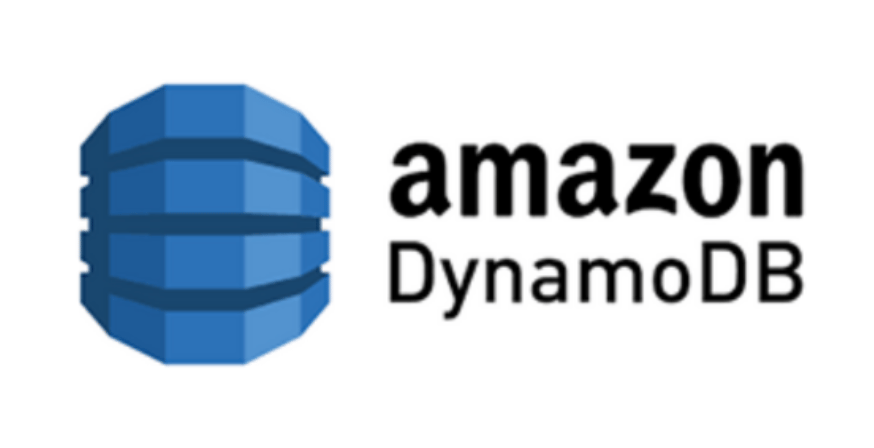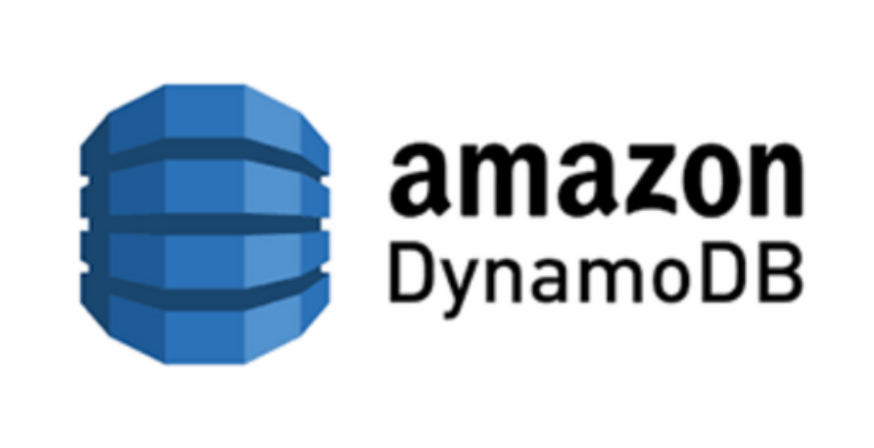- Cloud Database Insider
- Posts
- AWS Outage Linked to DNS Error⚡|AWS DynamoDB outage caused by DNS ⚠️|Palantir and Snowflake integrate🚀|What REALLY happened with AWS and a DynamoDB overview
AWS Outage Linked to DNS Error⚡|AWS DynamoDB outage caused by DNS ⚠️|Palantir and Snowflake integrate🚀|What REALLY happened with AWS and a DynamoDB overview
The day a key-value database played a part in the AWS outage

What’s in today’s newsletter:
AWS Outage Linked to DNS Error, Says Amazon⚡
AWS DynamoDB outage caused by DNS ⚠️
Palantir and Snowflake integrate 🚀
Data Mesh Boosts Team Power and Agility🤖
Observability Data Fuels Smarter Customer Decisions🛠️
Also, check out the weekly Deep Dive - A two-part Deep Dive; How DynamoDB and DNS broke the web (link) and a comprehensive overview of DynamoDB (link), and Everything Else in Cloud Databases.
Tech moves fast, but you're still playing catch-up?
That's exactly why 100K+ engineers working at Google, Meta, and Apple read The Code twice a week.
Here's what you get:
Curated tech news that shapes your career - Filtered from thousands of sources so you know what's coming 6 months early.
Practical resources you can use immediately - Real tutorials and tools that solve actual engineering problems.
Research papers and insights decoded - We break down complex tech so you understand what matters.
All delivered twice a week in just 2 short emails.
AWS

TL;DR: AWS's recent global outage resulted from a DNS configuration error, disrupting many services and underscoring internet dependency on cloud providers, prompting calls for stronger security, diversification, and regulatory oversight.
AWS outage caused by a DNS error from a configuration change disrupted global websites and online services.
The DNS error prevented proper resolution of DNS queries, making AWS-dependent systems inaccessible.
The incident highlights the internet's heavy reliance on key cloud providers and DNS for service continuity.
This outage may drive stronger infrastructure security, diversified architectures, and increased regulatory scrutiny.
Why this matters: The AWS DNS outage reveals how critical and vulnerable cloud infrastructure and DNS are, affecting global online services and business operations. It emphasizes the need for improved error handling, diversified architectures, and heightened security measures to prevent widespread disruptions and maintain user trust in digital ecosystems.
NOSQL

TL;DR: a DNS misconfiguration caused a major AWS DynamoDB outage, disrupting services across regions; AWS quickly fixed it, underscoring cloud dependency fragility and the need for resilient architectures.
A DNS misconfiguration, caused a major AWS DynamoDB outage affecting multiple regions.
The DNS error disrupted URL resolution for DynamoDB endpoints, leading to widespread request failures and timeouts.
AWS engineers quickly identified and fixed the issue, restoring service within a few hours.
The incident highlighted cloud dependencies' fragility and stressed the need for resilient design and multi-region redundancy.
Why this matters: The AWS DynamoDB outage reveals how crucial and vulnerable DNS infrastructure is within cloud services. It underscores the necessity for businesses to adopt robust failover and multi-region strategies to ensure service continuity, reminding providers and users alike that foundational components require vigilant oversight to prevent widespread disruption.
SNOWFLAKE

TL;DR: Palantir and Snowflake have partnered to integrate their platforms, enabling seamless data access and collaboration, addressing silos, and accelerating enterprise decision-making for faster innovation and improved strategies.
Palantir and Snowflake have partnered to integrate Palantir’s Foundry with Snowflake’s cloud data platform.
The integration enables seamless access to Snowflake data within Foundry, improving data workflow efficiency.
This collaboration addresses data silos and accelerates enterprise decision-making via enhanced data collaboration.
The partnership sets a new standard for integrated data ecosystems, boosting innovation and strategy development.
Why this matters: Integrating Palantir's Foundry with Snowflake's cloud platform breaks down data silos, making enterprise analytics faster and more collaborative. This boost in data accessibility accelerates innovation and informed decision-making, likely influencing broader industry moves toward unified, scalable data ecosystems.
DATA ARCHITECTURE

TL;DR: Data mesh platforms decentralize data ownership, turning data into domain-specific products managed by teams with self-serve tools, boosting scalability, autonomy, innovation, and agility in large organizations.
Data mesh platforms decentralize data ownership, enabling teams to manage data as independent products for better scalability.
This approach breaks monolithic data lakes into domain-specific products, promoting automation, observability, and accessibility.
Self-serve infrastructure within data mesh accelerates innovation by reducing dependency on centralized data teams and resources.
Adopting data mesh fosters organizational autonomy, improves data quality, and enhances agility for competitive advantage.
Why this matters: Data mesh transforms data management by decentralizing ownership and promoting team autonomy, leading to faster innovation and improved data quality. This approach enables organizations to scale efficiently, reduce bottlenecks, and respond swiftly to market changes, providing a critical competitive edge in a data-driven economy.
DATA OBSERVABILITY

TL;DR: Observability data enables businesses to analyze system performance and customer behavior, using AI to predict issues, improve experiences, increase agility, reduce downtime, and gain competitive advantage.
Observability data collects telemetry to provide deep insights into system performance and user behavior.
Businesses use observability to troubleshoot issues and make strategic decisions about customer experience.
Integrating observability with AI helps predict and prevent service disruptions, enhancing decision-making.
Observability data drives agility, reduces downtime, and strengthens customer loyalty and competitive advantage.
Why this matters: Observability data enables proactive issue resolution and insightful decision-making, transforming customer experience strategies. By integrating AI with telemetry insights, businesses increase agility, reduce downtime, and foster loyalty. This data-driven approach enhances operational resilience and competitive positioning amid rapid digital transformation.

EVERYTHING ELSE IN CLOUD DATABASES
Google MemoryStore adds Redis Vector Search feature
YugabyteDB Boosts PostgreSQL & AI at KubeCon Summit5
Talkdesk Chooses Databricks for CX Data Power
Google Cloud boosts BigQuery Studio with AI tools
Data Merge Fuels AI Insights with Informatica & Snowflake
Databricks Pledges $10M to Train 100k in UK/Ireland
Groq, IBM Partner to Advance Agentic AI Tech
Splunk: Observability Boosts AI Business Impact
Teradata Wins 2025 Top-Rated TrustRadius Awards
MySQL HeatWave unveils AI features at Oracle event
Lakehouses Boost Data Engineering with Open Formats
NoSQL Market Booms with MongoDB, Amazon Leading

DEEP DIVE
How DynamoDB and DNS broke the web and a comprehensive overview of DynamoDB
Like everybody else on the planet, I heard about the AWS outage in the Commonwealth of Virginia. I did not pay it much thought as I was not affected in the slightest.
My indifference changed on a dime when when I started to hear that DynamoDB was part of the problem, along with eons old technology, DNS.
I am not going to disparage AWS or make light of the millions of people that were affected by the outage.
This isn’t the time for schadenfreude and taking pot shots at JB. I make my bread and butter from the cloud and I would be disingenuous if I was to criticize AWS.
But this is a newsletter, and I dutifully bring the news to you as impartially as I can.
I always say that I read the news I put into the newsletter, and the research posts I create, I utilize myself.
If you want to know what really happened this week with AWS, read my post here. It is pretty detailed.
Also, if time permits for you, and you want to know the full history and use cases, read my second post of the week about DynamoDB. The genesis story of DynamoDB is quite interesting as it was predicated upon certain limitations of relational databases. Please enjoy.
Gladstone Benjamin

